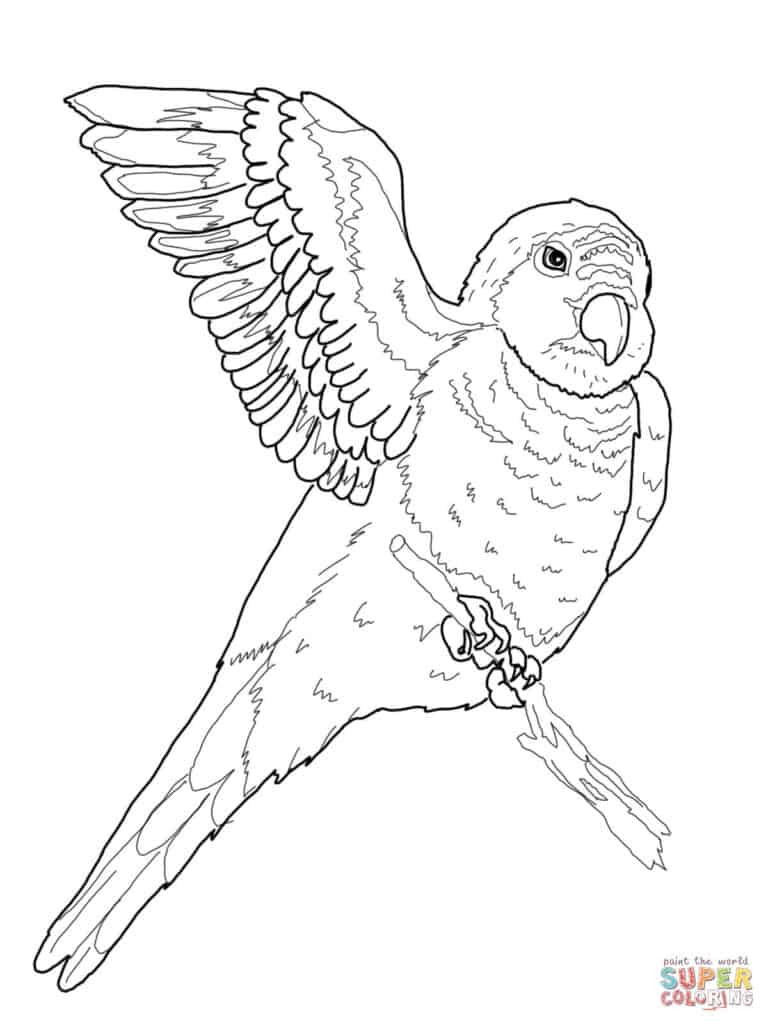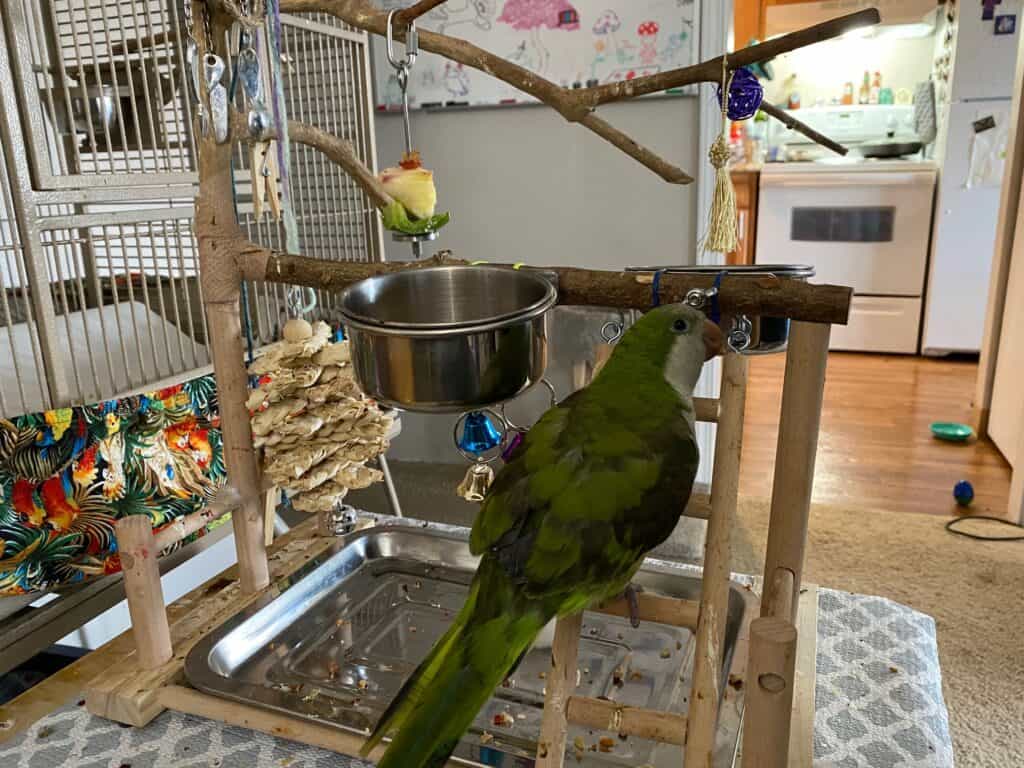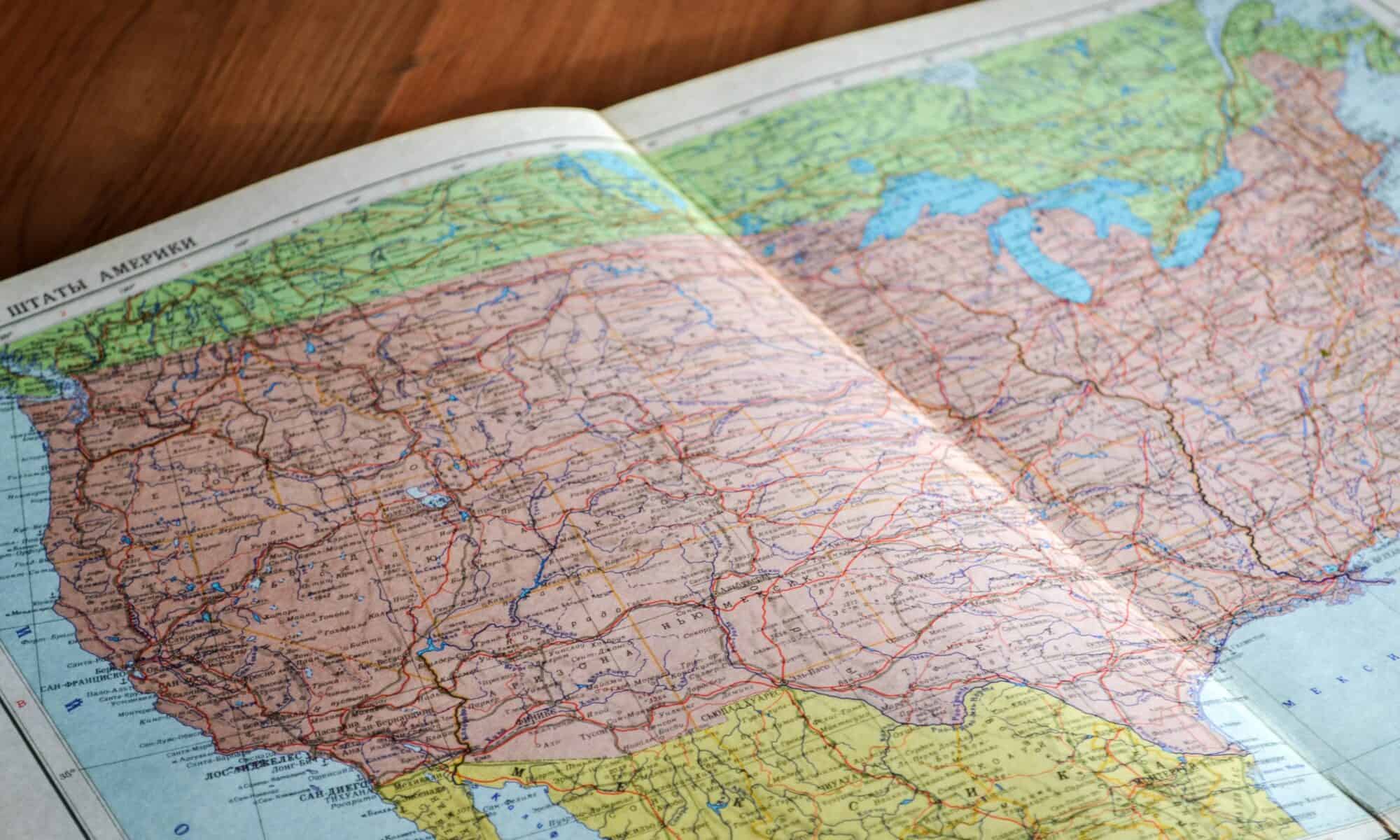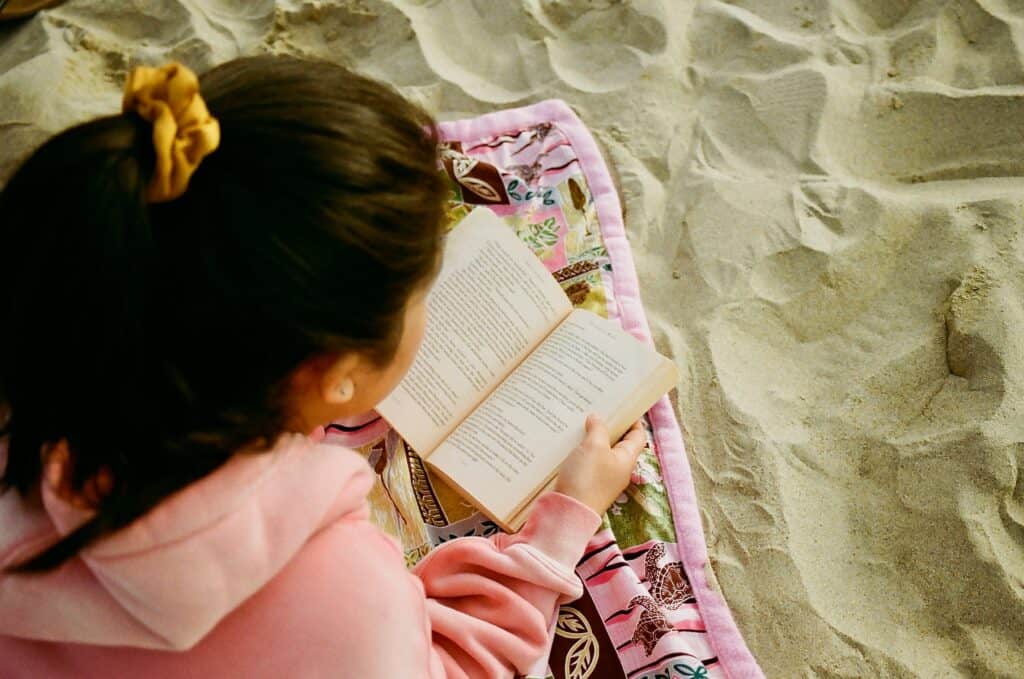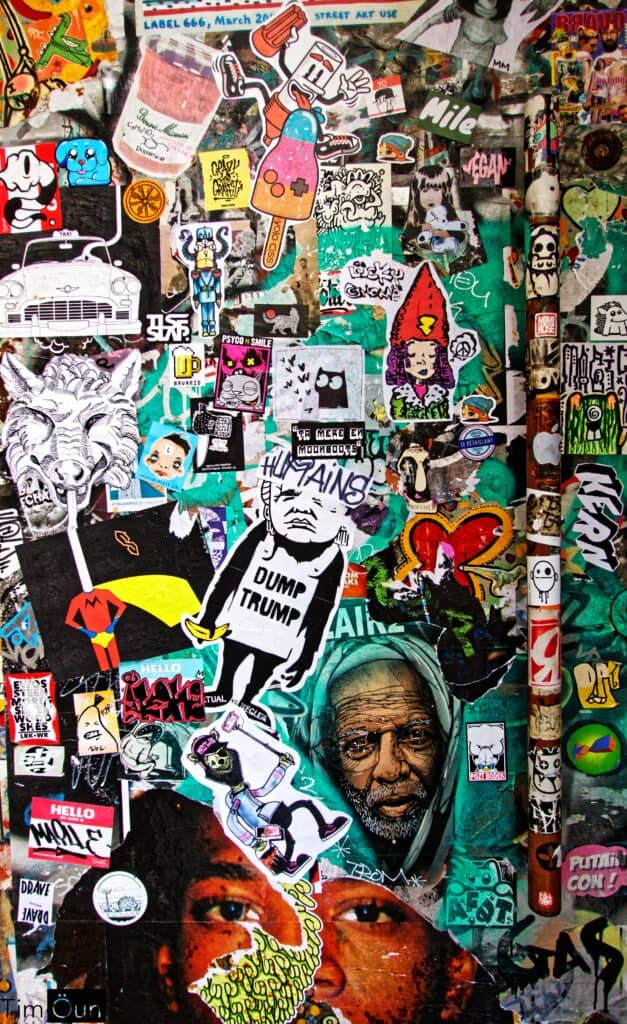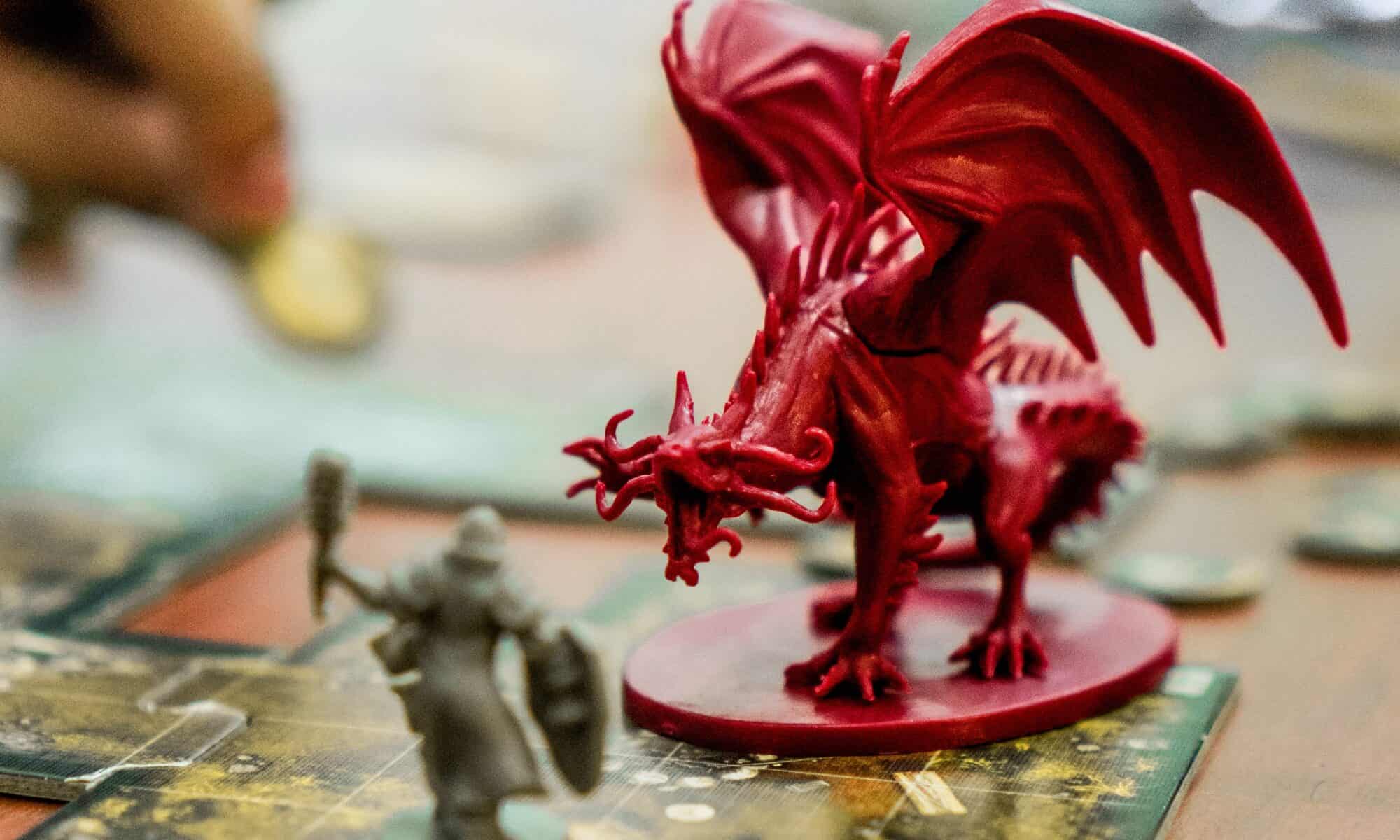This journey began long ago and started with some rather odd beginnings, but somehow this is where it all ended up. Me, Adamm White Eagle Creel, becoming an elementary school teacher!
Who could have thought, that a 40 year old former Army soldier and former long haul trucker could become a rad teacher? Well, I mean I did, and had to struggle to get here, but it was worth it!
Along the way I learned a few new tricks to enhance my teaching potential, and incorporate technology into the mix. I would like to showcase some of that here:

Just like with Star Wars the sequel is the best of the trilogy (to be clear, that is the original trilogy) this is a great mini lesson that I made thinking of a 3rd grade classroom trying to help Maya, who is NOT a fictitious bird, rather she is my support parrot. Over zoom classes she has been constantly on my shoulder and it was only fitting that students learned more about her, so I set up a 3 part series about her. This part uses maps to show where Quaker Parrots come from. And sadly, where they are banned as pets in the US.
Summertime road trips, what isn’t to love? As a former long haul truck driver I have driven all across the US, so I thought a lesson to label the states would be fun. So I put together a Jamboard activity to let students see how well they could do labeling the states on a blank map. The hardest part was making so many little sticky notes to move around, but the end result was worth it in my opinion.
This lesson was basic for a reason, but I think it does the job well. When learning new concepts having the different colors for things adds layers to the understanding. With the vocabulary words highlighted in the same colors used in the activity this was less done to make things “easy” and more done to build scaffolding to increase understanding. I attempted to use the colors closest associated with the words. There is also an option to print the sheet and color it in! See, learning can be fun!
I love to teach people new things, and learn new things. I am just sorry that I didn’t become a teacher earlier so I could help some people that really needed it:








